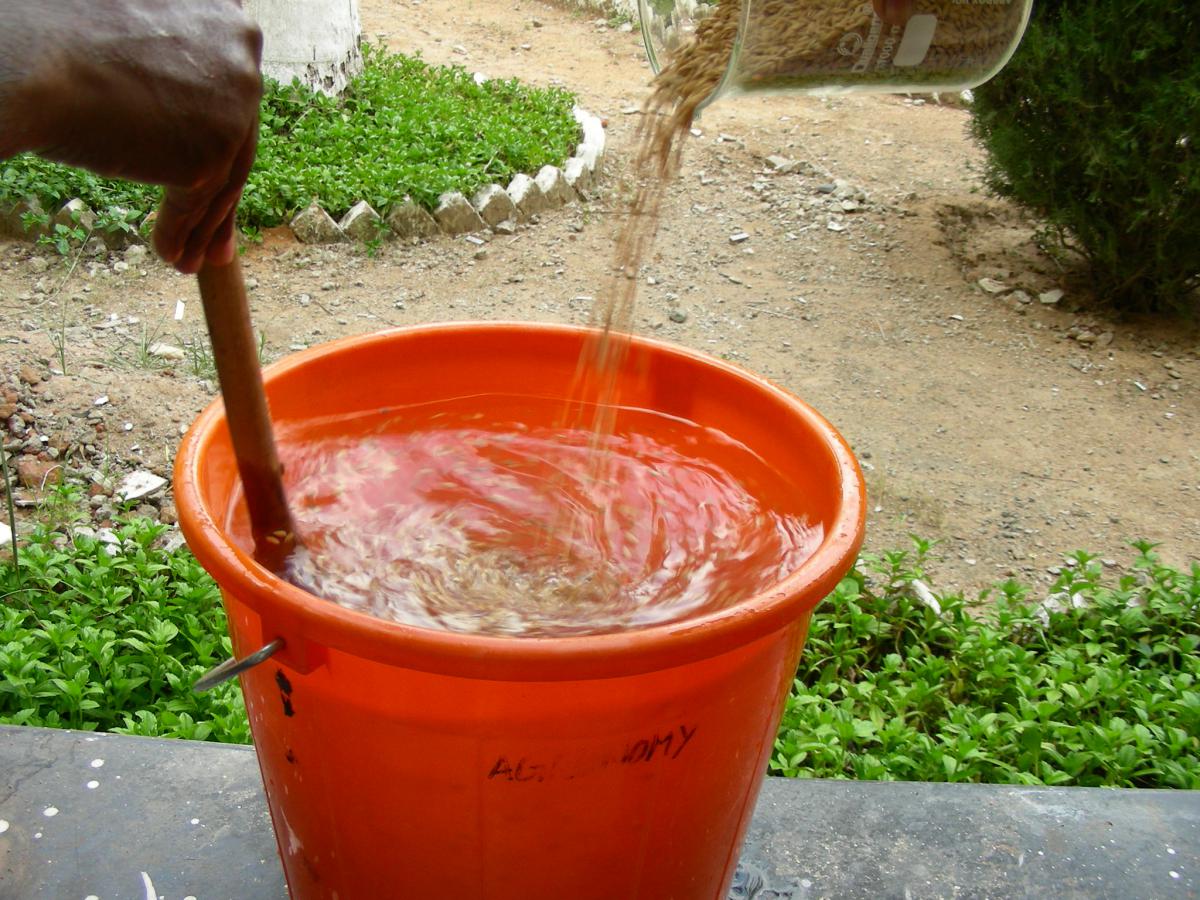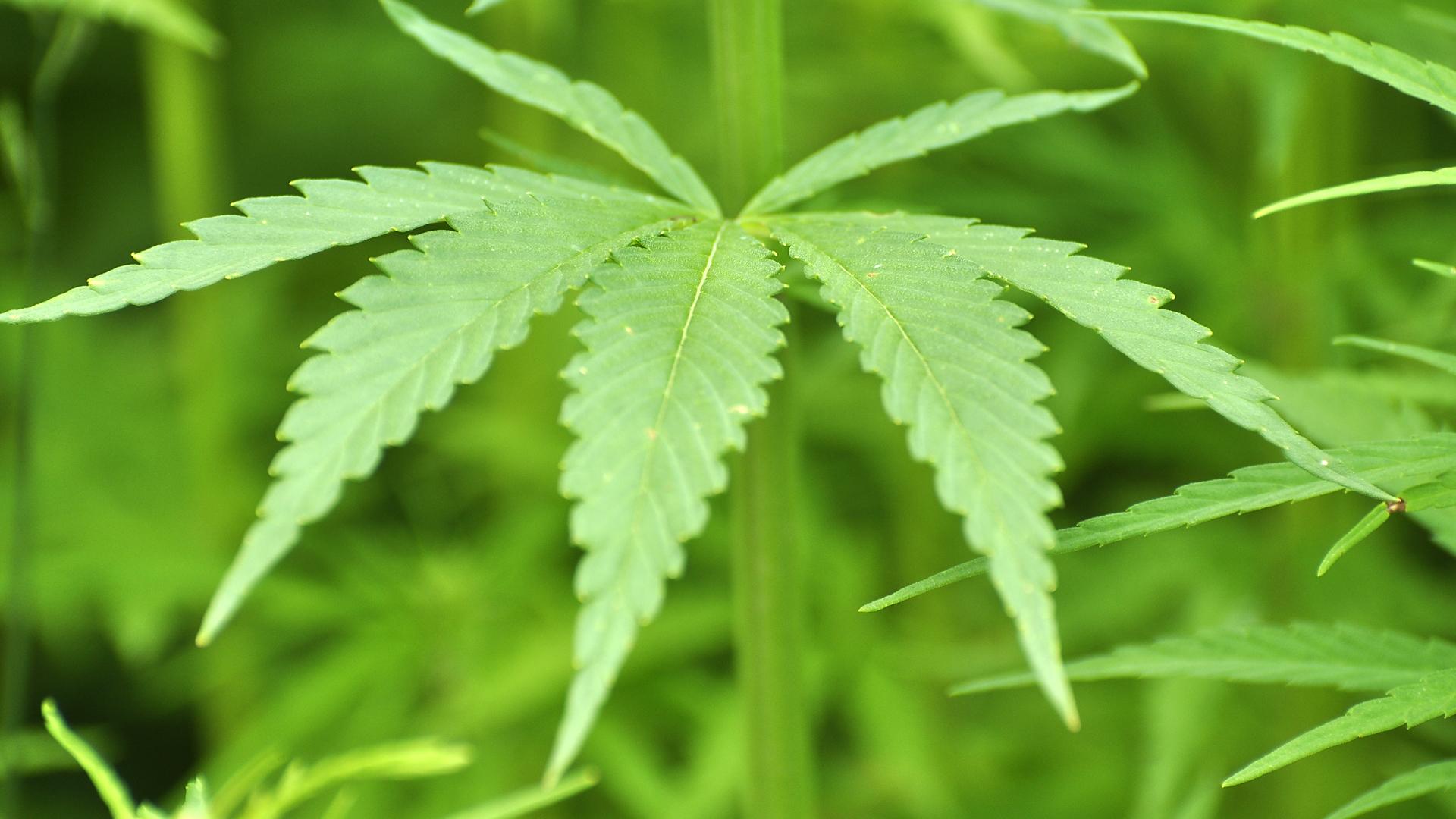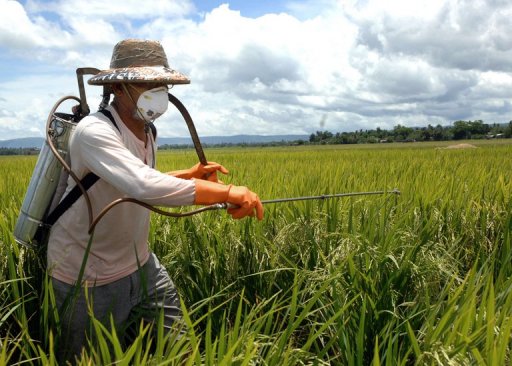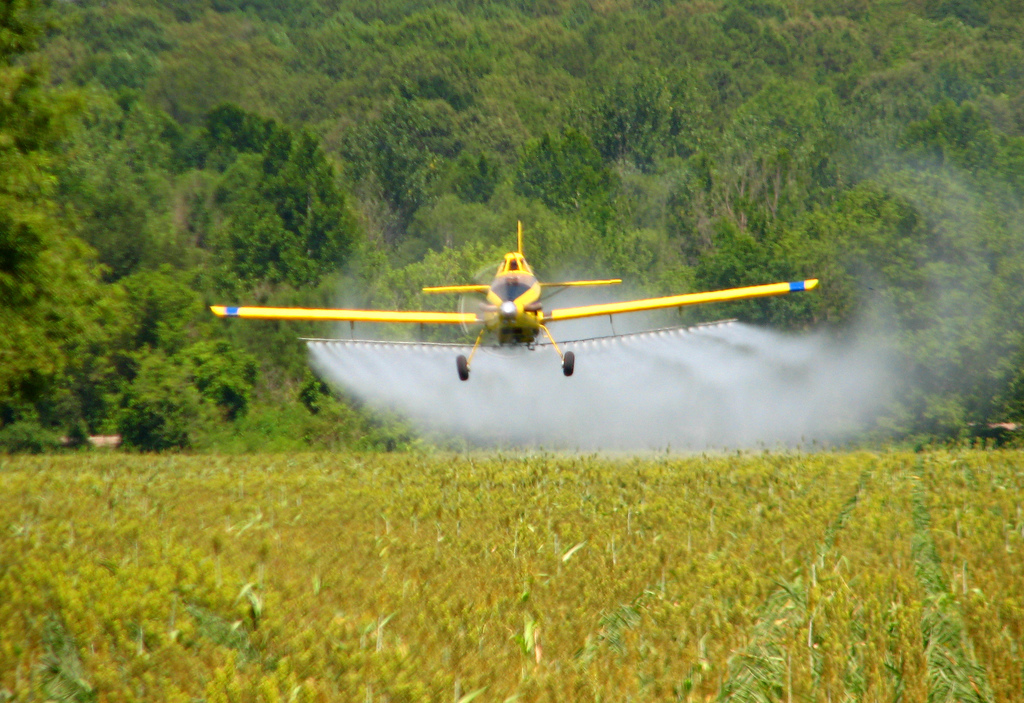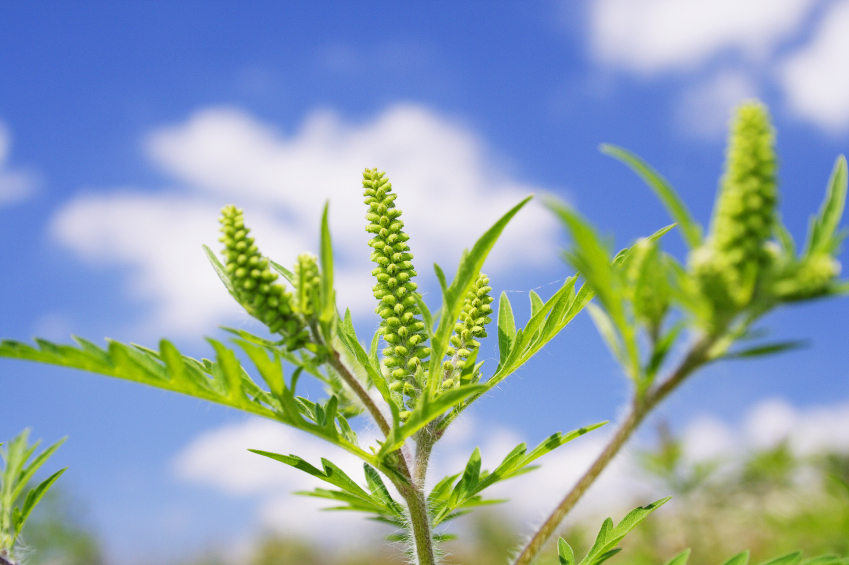SEED TREATMENT
Many farmers question whether or not their soybeans would like a antimycotic agent seed treatments this planting season. However that depends on several factors – from weather and planting date to voidance and seed prices. And if conditions or field history don\’t dictate the utilization of a antimycotic agent seed treatment, then it\’s going to not be the most effective possibility.
The soy checkoff funds seed-treatment analysis, providing U.S. soybean farmers with sensible production data and serving to shield their yields against phanerogam diseases.
Applying seed treatments may be a apace growing trend. In fact, the soybean business estimates that sixty to seventy % of the 2014 soybean seed planted can have a seed treatment. That’s compared with thirty % in 2008 and eight % in 1996, in step with port of entry Munkvold, Ph.D., plant pathology and biological science faculty member at Iowa State University.
But despite the increase in seed treatment use, it would not be the most effective possibility for your operation. Here ar six things to consider:
Farmers with poorly drained or no-tilled fields, continuous-soybean or soybean-corn rotations and a history of replanting are the foremost possible to examine the additional advantage of employing a seed treatment, in step with The Ohio State University.
When spring conditions ar cool and wet and once planting happens in late Apr to early might, seed-treatment fungicides ar a good tool, in step with dancer Conley, soybean extension specialist at the University of Wisconsin-Madison.
The use of a seed treatment is most impactful in fields with a history of post-planting issues, like minor soil crusting, temporary flooding, soil compaction or poorly drained soils, in step with the University of Kentucky. Treatments are helpful once farmers use low seeding rates and once farmers plant seed with a moderate germination rate or once the germination rate is unknown.
Using a antimycotic agent treatment on soybean seeds can increase the chance of achieving a satisfactory stand and can enhance the early-season vigor of established seedlings, in step with the Mississippi Soybean Promotion Board.
With the rise in value of seed, several farmers don’t wish to overplant. As a result, in step with Iowa State University and University of Wisconsin-Madison, some ar decreasing their seeding rate and victimization the money they save on seed treatments instead.
Fungicide seed treatments showed a mean yield increase of two.5 bushels per acre over associate degree eight year amount, in step with Kansas State University analysis and Extension.
Always bear in mind to separate treated seed and harvested soybeans to guard the integrity of the U.S. soybean offer. this may avoid golf stroke the U.S. soybean industry’s relationship with customers on the far side the elevator in peril.
Reference-http://www.farms.com/news/six-things-farmers-should-know-about-seed-treatments-73153.aspx

Thanks for installing the Bottom of every post plugin by Corey Salzano. Contact me if you need custom WordPress plugins or website design.

